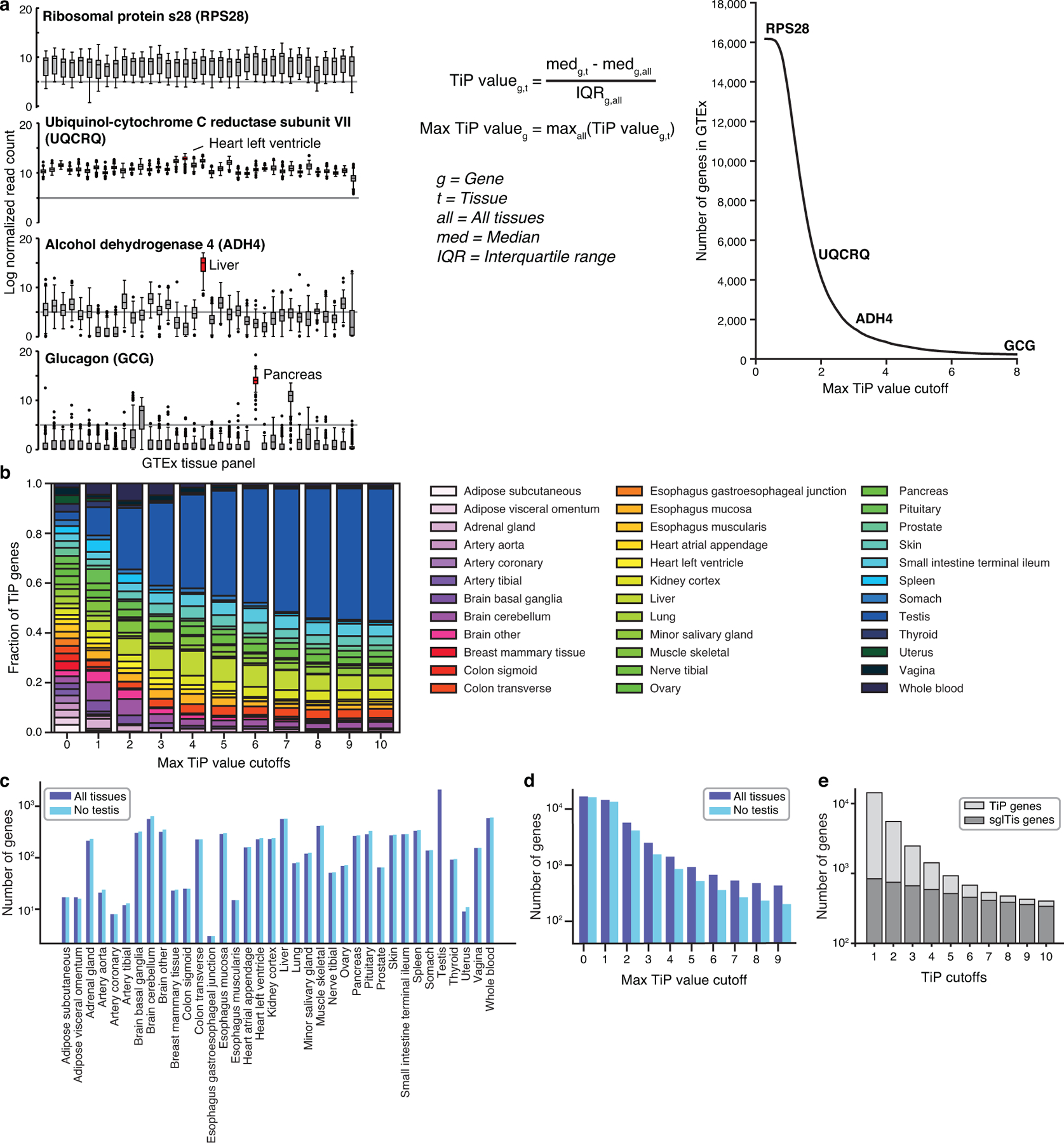Extended Data Fig. 6 |. Incomplete protein localization annotation likely underlies apparent lack of co-localization of proteins interacting in HuRI.

a, Odds ratios of proteins in different subcellular compartments and PPI datasets. n = 125–3,941 proteins per compartment, two-tailed Fisher’s exact test. b, The subnetwork of HuRI involving extracellular vesicle (EV) proteins. Names of high-degree proteins are shown. c, Number of PPIs in HuRI between EV proteins compared to the distribution from randomized networks (grey). d, Western Blot of SDCBP (left panel) and ACTB (loading control, right panel) in wild-type (WT) and three knockout (KO) cell lines (#7-#9), repeated twice in two independent laboratories. Full scanned image was displayed, obtained by ChemiDoc MP imager (Bio-Rad, Hercules, CA). Cell line #8 was used for EV proteomics. e, Fraction of proteins whose abundance in EVs was significantly reduced in the SDCBP KO cell line, split by proteins interacting and not interacting with SDCBP as identified in HuRI. Error bars are standard error of proportion (n = 6 interactors, 638 non-interactors, *p = 0.042, one-tailed empirical test). f, Schematic illustrating that the number of HuRI PPIs between proteins from two different compartments should correlate with the enrichment of both compartment pairs to overlap, if co-localization annotation is incomplete. g, Scatter plot showing, for each pair of subcellular compartments, odds ratios quantifying the enrichment for proteins located in both compartments versus the enrichment of the density of PPIs between proteins located to either compartment. Size of points is scaled by the standard error of the x axis variable. Regression line and 95% confidence interval are shown. h, The z-score of the regression slope of g compared to those of random networks.
